Yates Account
Join now
Create a Yates account today!
Sign up to join the Yates Garden Club for monthly e-mails packed with seasonal inspiration, tips for success & exclusive promotions.
Plus if you’re a Garden Club member you can take part in the Yates Growing Community - a blog to share successes, get advice & win prizes in fun challenges along the way!

Forgot password
Enter the email address associated with your account, and we'll email you a new password.

One of the best ways to create privacy in the garden is by growing a hedge of living plants. This makes a much more attractive screen than a fence and, with good plant selection and care, can last for generations.
Hedge and screen plants are usually planted relatively close together, so take the opportunity to prepare the soil as thoroughly as possible beforehand. Start by checking the drainage. If the soil is heavy and is likely to remain waterlogged in wet periods, build raised mounds that run the full length of the proposed hedge. Mixing gypsum into clay soil can help improve drainage. A layer of gravel or coarse sand below the root level will also carry away excess water.
Dig plenty of old organic matter and some gentle, slow release Yates Dynamic Lifter Organic Plant Food into the soil. The latter will provide non-burning nutrients that promote root growth.
Choose your hedge plants carefully. Drive around and see what does well in your area and, if possible, talk to hedge owners to get their opinions. Look for missing ‘teeth’ – the holes that appear when one plant in a line has died and has left a gap. It’s often better to go with a common variety that you know will work, rather than to select something unusual that may cause problems.
Good watering and feeding of your hedge are critically important. Mix some pre-hydrated Yates Waterwise Water Storage Crystals into the soil together with some Yates Dynamic Lifter Organic Plant Food before planting. Installing a watering system with mini sprinklers or drippers at each plant will also be a good idea. Feed two or three times during the growing season with some Yates Dynamic Lifter Organic Plant Food, and mulch over the root area with a layer of organic mulch, like pea straw or lucerne.
Here are some popular hedge choices:
Sasanqua camellias
Sasanqua camellias will grow in sun or shade and cope with reasonably cold conditions. They also come in various sizes, flower shapes and colours.
Box hedge (Buxus spp.)
Buxus is probably the best known of all hedge plants. Its small leaf gives it an advantage over most plants because it can create a formal, tight hedge. It is more of a decorative than functional hedge. Generally, it is slow-growing and not known for its screening ability. Usually, you will see this has a driveway or garden bed boundary and it doesn’t dominate the landscape.
Murraya (Murraya paniculata)
Murrayas are a great alternative to the box hedge if you’re after a taller hedge with the box look. They produce beautifully scented flowers in summer (and spot flower throughout the year).
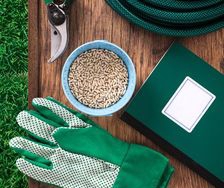
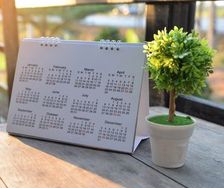
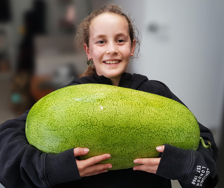
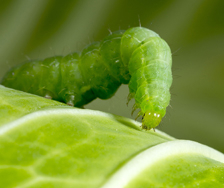
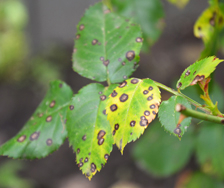
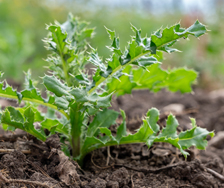

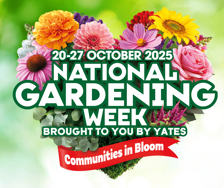







Share
Share this article on social media